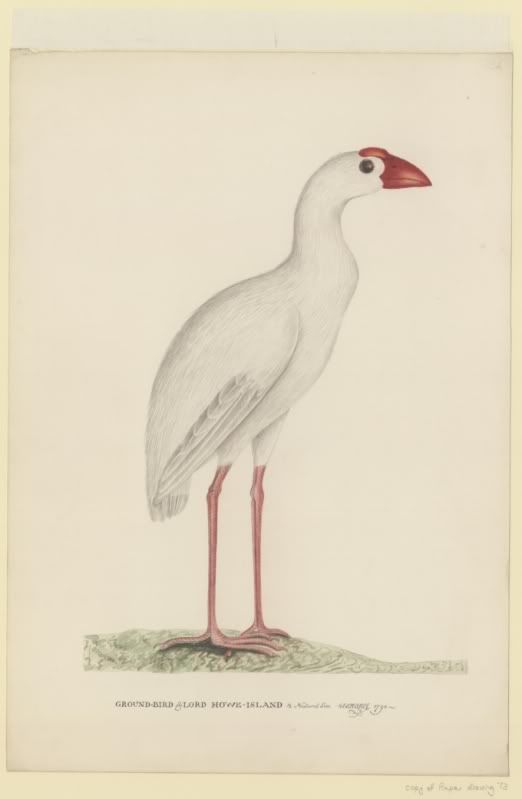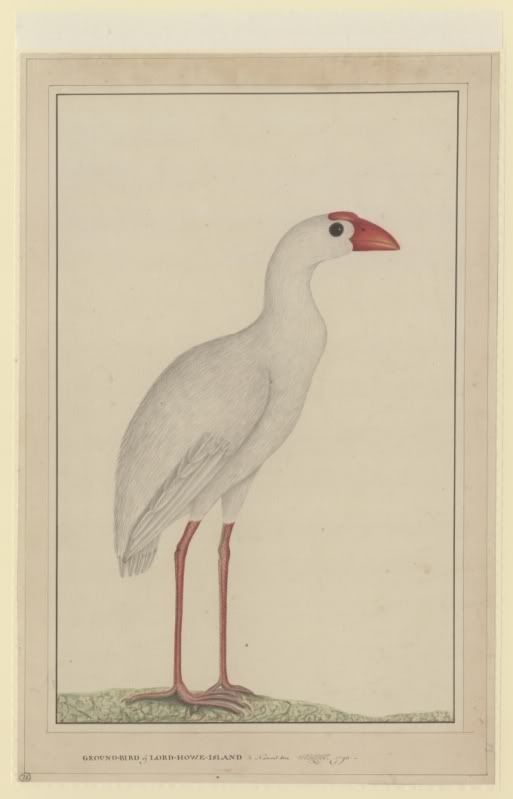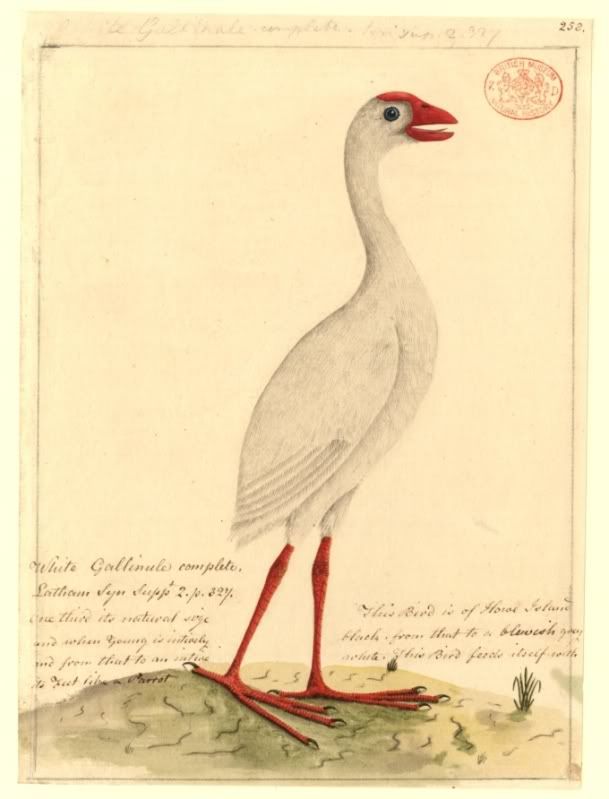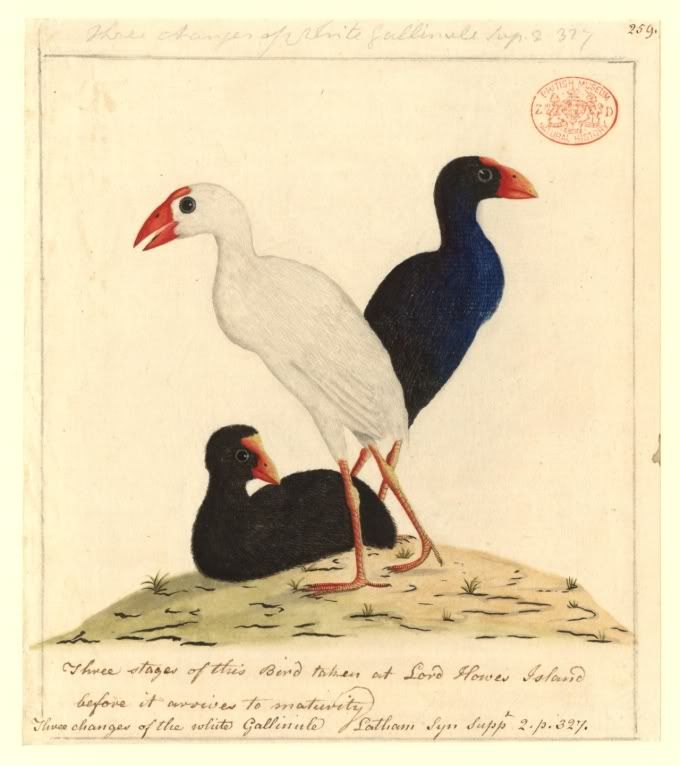|
|
Post by another specialist on Jul 20, 2008 20:32:26 GMT
 Extinct birds : an attempt to unite in one volume a short account of those birds which have become extinct in historical times : that is, within the last six or seven hundred years : to which are added a few which still exist, but are on the verge of extinction (1907) |
|
|
|
Post by another specialist on Jul 20, 2008 20:38:33 GMT
 Extinct birds : an attempt to unite in one volume a short account of those birds which have become extinct in historical times : that is, within the last six or seven hundred years : to which are added a few which still exist, but are on the verge of extinction (1907) |
|
|
|
Post by another specialist on Jul 25, 2008 7:21:14 GMT
 Extinct birds : an attempt to unite in one volume a short account of those birds which have become extinct in historical times : that is, within the last six or seven hundred years : to which are added a few which still exist, but are on the verge of extinction (1907) |
|
|
|
Post by another specialist on Sept 7, 2008 14:27:29 GMT
 Extinction and Biogeography of Tropical Pacific Birds By David W. Steadman |
|
|
|
Post by another specialist on Dec 24, 2008 9:55:42 GMT
|
|
|
|
Post by another specialist on Jul 23, 2009 10:29:49 GMT
 "Ground-bird of Lord Howe Island", a modern copy of Raper Drawing no. 73 Artist: Artist unknown Created: [19--?] Dimensions: 47.2 x 32.7 cm Reference: Raper Drawing - no. 74  "Ground-bird of Lord Howe Island Artist: Raper, George Created: [1790] Dimensions: 48.7 x 31.9 cm Reference: Raper Drawing - no. 73 |
|
|
|
Post by another specialist on Jul 23, 2009 10:50:04 GMT
 "White Gallinule" Artist: Port Jackson Painter Created: [between 1788 and 1797] Dimensions: 23.5 x 17.3 cm Reference: Watling Drawing - no. 329 |
|
|
|
Post by another specialist on Jul 23, 2009 10:51:25 GMT
 "White Gallinule" Artist: Port Jackson Painter Created: [between 1788 and 1797] Dimensions: 19.9 x 17.5 cm Reference: Watling Drawing - no. 330 |
|
|
|
Post by another specialist on Sept 20, 2012 12:30:46 GMT
|
|
|
|
Post by Melanie on Dec 12, 2014 16:12:37 GMT
The unique sequence obtained from the extinct P.
albus of Lord Howe Island suggests a close affinity to
Philippine P. p. pulverulentus, indicating that it was
perhaps a white color variant founded from P. p.
pulverulentus migrants. The flightless status of P. albus
appears to be equivocal, and the population seems to have
been polymorphic for plumage, with a high frequency of
white individuals (White 1790, Hindwood 1940, Greenway
1967). Aberrations in color have been found in some
insular populations, caused perhaps by an allele fixed
through a founder effect (Cunningham 1955, Steadman
2006, Uy et al. 2009). White Porphyrio occur intermittently,
and recent observations include an individual P. p.
melanotus in Otago, New Zealand (Trewick and Morgan-
Richards 2014). The Lord Howe population may have
been established from a small number of colonizing
individuals from the Philippines during the late Pleistocene
(~500 kya), but this would have involved dispersal
from the Philippines to Lord Howe Island over other
islands. We remain cautious about the short DNA
sequence obtained from P. albus.
Dispersal and speciation in purple swamphens (Rallidae: Porphyrio)Full Access
Juan C. Garcia-R. and Steve A. Trewick
The Auk January 2015 : Vol. 132, Issue 1 (Jan 2015), pg(s) 140-155
|
|
Deleted
Deleted Member
Posts: 0
|
Post by Deleted on Dec 13, 2014 9:12:19 GMT
... very interesting!  |
|
|
|
Post by surroundx on Aug 28, 2016 11:55:37 GMT
|
|
|
|
Post by Sebbe on Sept 19, 2016 20:49:54 GMT
|
|
|
|
Post by surroundx on Oct 22, 2016 2:47:04 GMT
|
|
|
|
Post by surroundx on Nov 19, 2016 12:35:51 GMT
|
|